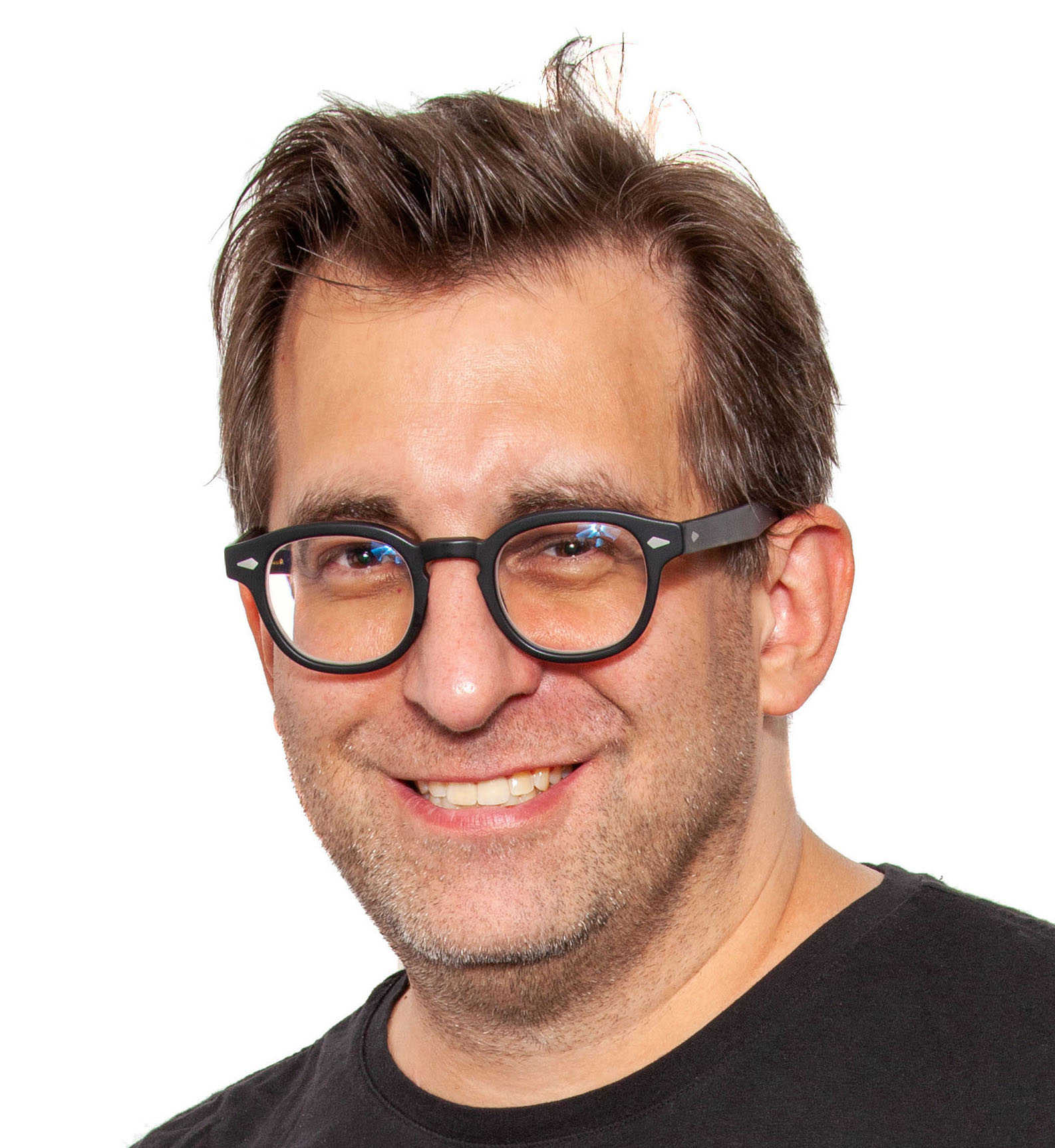Like a pair of extra-soused pirates, the heavily bearded Willem Dafoe and Robert Pattinson spend much of the running time of The Lighthouse dancing, arguing, drinking, laughing, coming to blows and farting. It’s a vision that director Robert Eggers, 36, had for his follow-up to his creepy feature debut The Witch. He’s achieved it with a remarkable amount of clarity, shooting on film in crisp black-and-white and constructing the characters’ remote Maine outpost from scratch. We sat down with Eggers to discuss his unique creative process.
Do your films come out of a sense of place or a sense of character?
Place—or maybe it’s atmosphere. My brother Max said, casually, that he was writing a ghost story set in a lighthouse. Just like that. But to me, I pictured two men with the pipe smoke and the cable-knit sweaters and the facial hair and the black-and-white 35mm imagery and the crooked kerosene lamp. [Pause] That’s not what my brother was thinking.
Are you close with your brother? Have you guys worked together before?
We wrote a pilot together, but we also grew up doing theater together. I was always kind of a hammy-spammy mustache-twirling actor, but my brother was actually quite a fine actor.
Will you or Max be onscreen one day in one of your films?
Maybe. Willem wants me to act in something with him. [Laughs]

The Lighthouse
Photograph: Courtesy of A24
Willem Dafoe and Robert Pattinson are both so perfect for this project. How did they get involved?
I’m humbled to say that Willem came to me. He saw The Witch. I was pretty shocked by that. He’s a hero of mine. Rob and I met through our agency. He’s always looking for wanna-be auteurs who can push him to stretch himself. I offered Rob a role in a movie that didn’t happen, playing a sophisticated, posh, cigar-smoking dandy and he was, like, “There’s no challenge in that. I’m only interested in doing things that are challenging and weird.”
I think you succeeded. Above and beyond Max’s original concept and your sense impressions, where does the story come from?
The most important bones of the skeleton come from a “true” story—and I use quotes around true because it’s been preserved as a folktale. There were two lighthouse keepers in Wales in the earlier part of the 19th century, so not in our period. One older, one younger. The two men didn’t get along. It has kind of a Tell-Tale Heart ending. That’s not The Lighthouse exactly, but it has that foundation.
You draw a lot from the real world during your process. Why is that important to you?
My approach is so research-driven. I literally have nothing without research. An official manual, like The United States Lighthouse Establishment Manual and Code of Conduct, can inspire something. A photograph can inspire a scene or a moment.
It’s a paradox because the deeper you get into the details, the more unencumbered we can get as an audience.
My approach isn’t necessarily better, but when you’re doing something supernatural like The Witch or The Lighthouse, it’s helpful for the physical world to be grounded and credible. The audience just buys it.

The Lighthouse
Photograph: Courtesy of A24
Meanwhile, I can’t even imagine this not being in black-and-white. It’s so grubby and tactile, unlike the super-clean digital look of something like Roma.
I love and admire Chivo [The Revenant cinematographer Emmanuel Lubezki] but his quote about “We’ve been looking through dirty windows for years”—I like those dirty windows! For me, The Lighthouse needed to be shot on film. We used Double X, black-and-white negative. Primitive. Hasn’t changed since the 1950s. We wanted it to be black and white, not silver.
Does it affect the performances?
You can see all the actors’ pores. It makes them seem more like salty seamen. We used an uncoated lens from 1905. The frame is a taller shape, too, which is great when you’re shooting these faces.
Am I correct in sensing that you’re having fun here? The Lighthouse often plays like an especially bleak comedy.
The intention was to be able to laugh at their misery. I was reading Dostoyevsky and laughing my ass off, because it’s really funny. The Witch was about misery. It was good to move on. This one’s a little over the top. We just went for it.
The Lighthouse is now playing. Read our five-star review.

